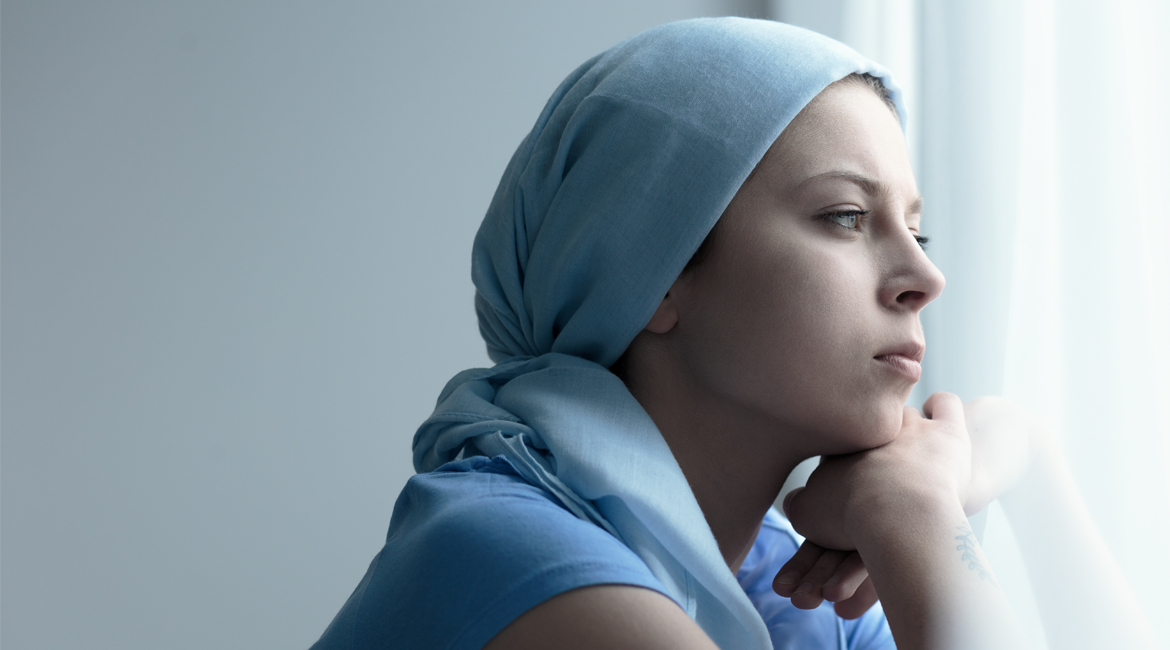Hair loss, known medically as alopecia, is fairly common. It’s estimated that a staggering 50% of women will suffer from hair loss at some point in their lives, and this isn’t confined to older women. There are many factors that may result in hair loss and if you think you are alone – you’re not. Women are simply better at hiding it!
What causes it?
A number of things can cause hair loss, including:
Hormonal changes – especially after you have given birth or following the menopause
Stress – this is well known to cause hair loss in both men and women
Shock – especially following a trauma
Genetics – some women may be naturally predisposed to losing their hair as they become older
Poor diet – especially for women suffering from eating disorders
Vitamin deficiency, which may be related to poor diet but could also indicate an underlying health condition
Cancer treatment
However, for some women the cause is simply unknown.
Types of hair loss
The most common type is alopecia areata. This is usually associated with shock and stress and results in patches of hair, usually around the size of 50p piece, falling out. For most people hair growth recurs within six months to a year.
Female pattern hair loss is genetic and occurs as women get older, being most common in women over 70. The hair’s growth slows down and the follicles shrink.
Traction alopecia is completely avoidable and is caused by lifestyle – using harsh bleaches and chemicals on the hair, excessive use of hair extensions etc.
Telogen effluvium is where the hair shreds which leads to thinning, and is commonly associated with hormonal changes such as following the birth of a child.
Diffuse hair loss is more extensive hair loss and affects the whole scalp.
What can you do about it?
The good thing is that in the vast majority of cases, the hair grows back. It may sound easy to say but relax and don’t stress, because this can make it worse. If you’ve lost a small patch, it is unlikely that you will loose all of your hair, and in the meantime you can try different hair styles until the hair grows back.
Some of things you can do are:
Maintain a good scalp routine with regular cleansing, hydration and products that are kind to your hair.
Do not avoid brushing – if the hair is coming out then its coming out whether you like it or not, and brushing will help to keep your hair healthy and stimulate growth.
If your hair is thinning, do not bleach or use chemicals on your hair. Stop dying it for a while.
If you have just given birth, do not bleach, dye or perm your hair within the first six months until your hormones settle down.
Speak to your GP. See if you can get a referral to a dermatologist to rule out any underlying health conditions.
Eat well and get plenty of nutrition. Stop smoking as this can greatly exacerbate hair loss.
Talk about it – speak to people you trust and don’t bottle it up. You’ll be surprised at how many people around around you re suffering or have suffered from the same condition and have never opened up about it.
Visit your local hair salon. Ask for advice on safe treatments for your hair and pamper yourself – have a makeover, facial, head massage – anything to make yourself feel sexy and glamorous again. A good salon can also advise on hairstyles and eyebrow treatments to give you a fuller look.
We are more than happy to offer advice at Glitz and Glam. Book and appointment and come in and speak to us in confidence – we’re here to help.



